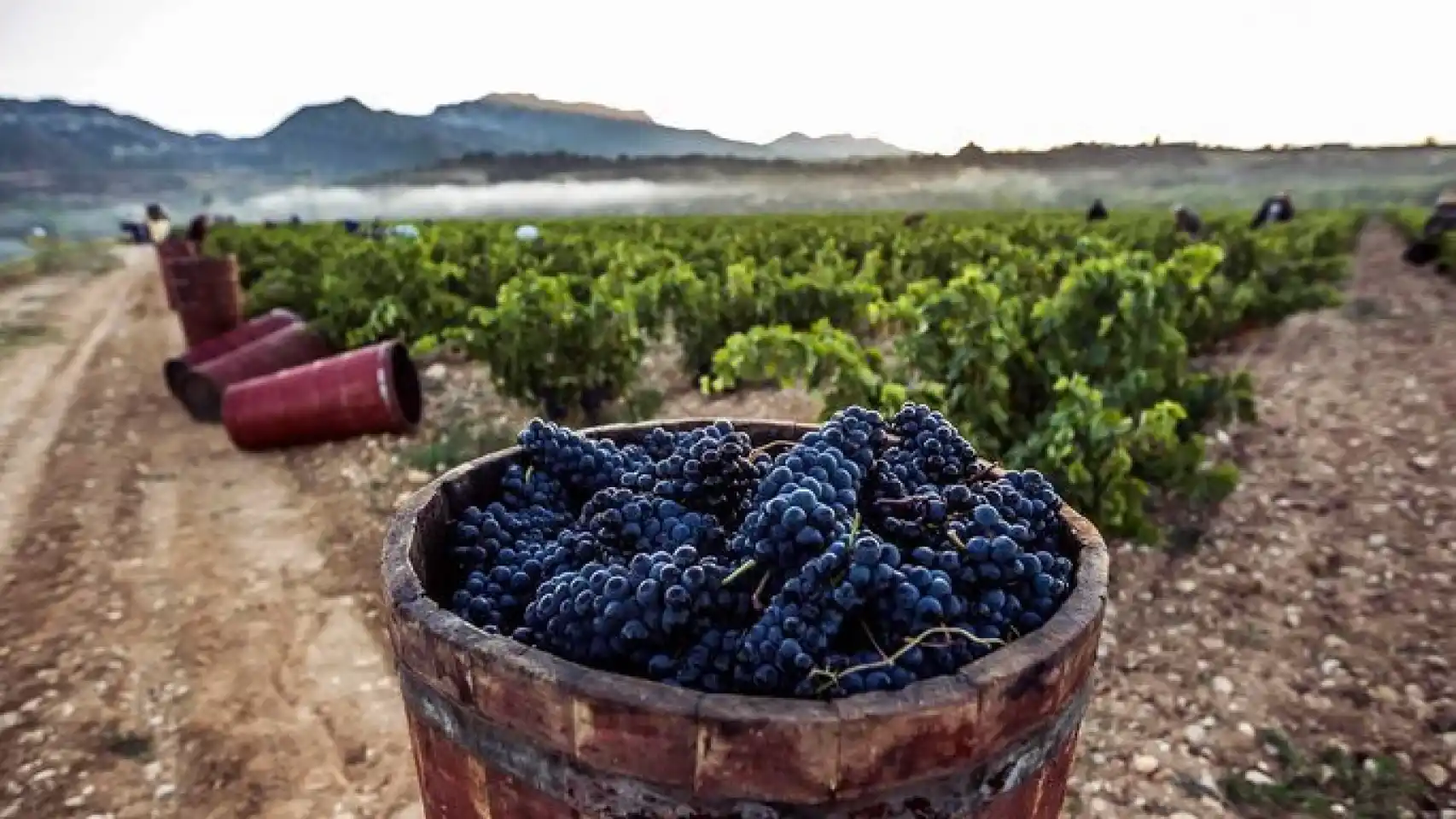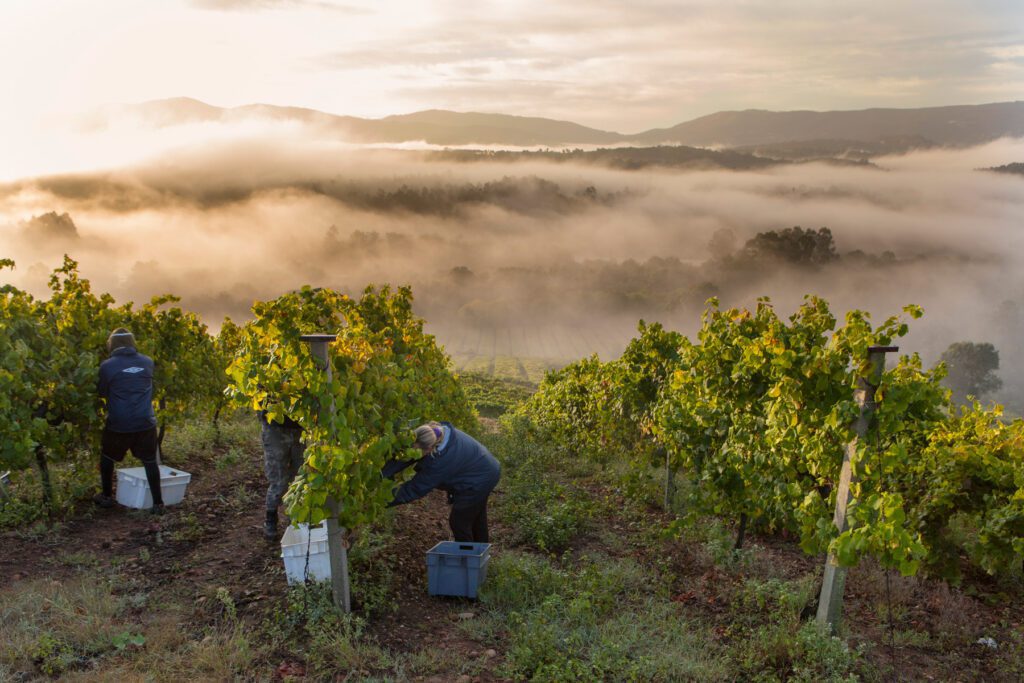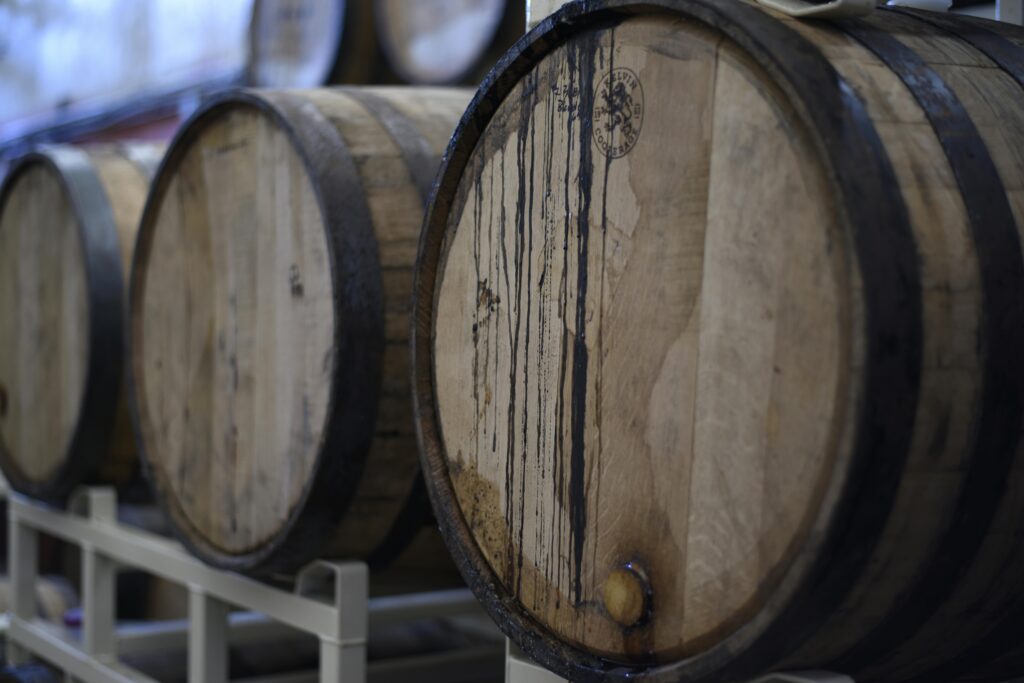In the heart of Spain, the Designation of Origin Rioja stands as a symbol of winemaking excellence. This distinguished designation encompasses areas of the autonomous communities of La Rioja, the Basque Country, Navarre, and Castile and León, where wines with unique characteristics are produced, reflecting the region’s diverse geography and climate.
Production Subzones: Variety in Every Sip
The Rioja DOCa is renowned for its diversity, represented by three production subzones: Rioja Alta, Rioja Oriental (Rioja Baja), and Rioja Alavesa. Each of these regions contributes different nuances to the wines, creating a rich palette of flavors and aromas that delight connoisseurs.

Production and Characteristics
With an average annual production of 269 million liters in 2020, the Rioja DOCa is known for its fresh, aromatic, balanced wines with excellent bouquet. 85% of this production corresponds to red wine, while the remaining 15% is divided between white and rosé wine, offering a wide range of options for wine lovers.
Identification and Preference
Wines from the Rioja DOCa are distinguished by their numbered labels and seals, guaranteeing their authenticity and quality. It is no surprise that this designation of origin is the preferred choice for consumers, both at home and abroad, with an impressive 36% and 27% of consumption, respectively.
In summary, the Rioja DOCa not only represents a tradition deeply rooted in the winemaking history of Spain but also an unwavering commitment to quality and diversity. Each bottle of Rioja wine tells a unique story, inviting enthusiasts to immerse themselves in a world of unparalleled flavors.




